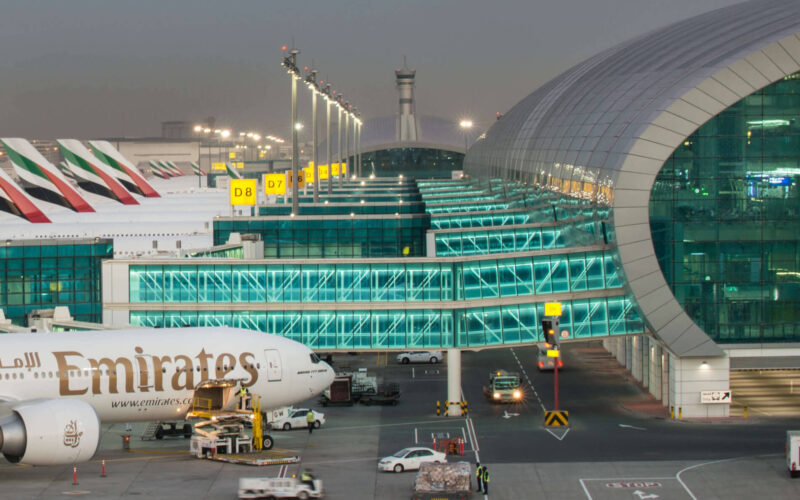A new report published by the International Air Transport Association (IATA) has revealed the huge impact that the aviation industry has on the United Arab Emirates (UAE) economy.
According to the report published on April 16, 2025, aviation contributed an 18.25% share of GDP (gross domestic product) for the region in 2023 and supported 992,000 jobs.
In financial terms this meant the aviation sector and wider supply chain, employee spending, and tourism activities helped generate $92 billion in 2023, buoyed by cheaper tickets and interest in the region.
Of the almost one million workers 74,500 are employed directly by airlines, with a further 132,300 employed elsewhere in aviation (airports, ANSPs, civil manufacturing) and 297,300 employed in aviation-related tourism.
Alone the 206,800 people directly employed in aviation generated $26.6 billion of economic output, equal to 5.3% of total GDP.
Willie Walsh, IATA’s Director General, described the UAE as a “critical hub for global connectivity” and said its position as a “super connector” was responsible for bringing trade, tourism, investment, and jobs to the region.
“The leadership of the UAE has a strategic vision for aviation, supported by smart regulation and investment in world-class infrastructure. Supporting nearly a million jobs and 18.2% of GDP, aviation makes an enormous contribution to the UAE’s prosperity—both culturally and economically,” said Walsh.
He added: “And we can be confident that this contribution will strengthen as the UAE continues to facilitate opportunities for aviation to thrive.”
The report highlighted that over the past 50 years, flight costs have decreased by 70% globally making air transport more accessible.
“The average real airfare in the UAE decreased by 35% between 2011 and 2023, with the local population now needing to work 1.9 days to afford a plane ticket. Overall, 3,668 flights per 1,000 population were taken in 2023,” said IATA.
Asia Pacific was found to be the largest international market for passenger flows from the UAE, followed by Europe and the Middle East.
Almost 14.1 million passengers departed from the UAE to Asia Pacific (40%), 8.5 million to Europe (24%), and 7.9 million to another country in the Middle East (23%).
The most popular city destinations from the UAE were Riyadh, followed by London and then Jeddah.
The report also said that 304 international airports were now directly connected with the UAE and 109 countries had direct flights available to the region.

